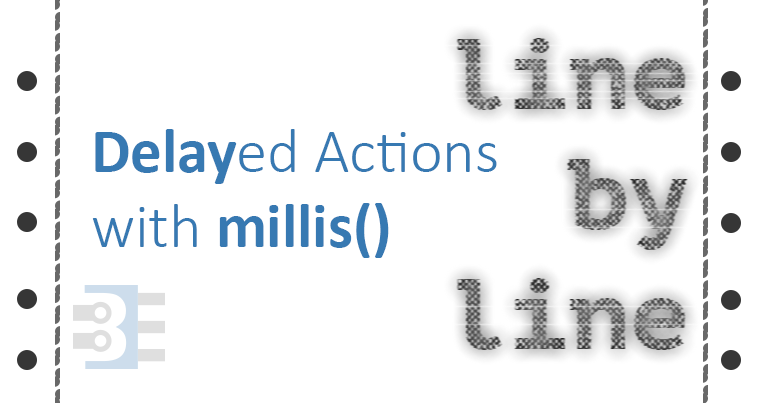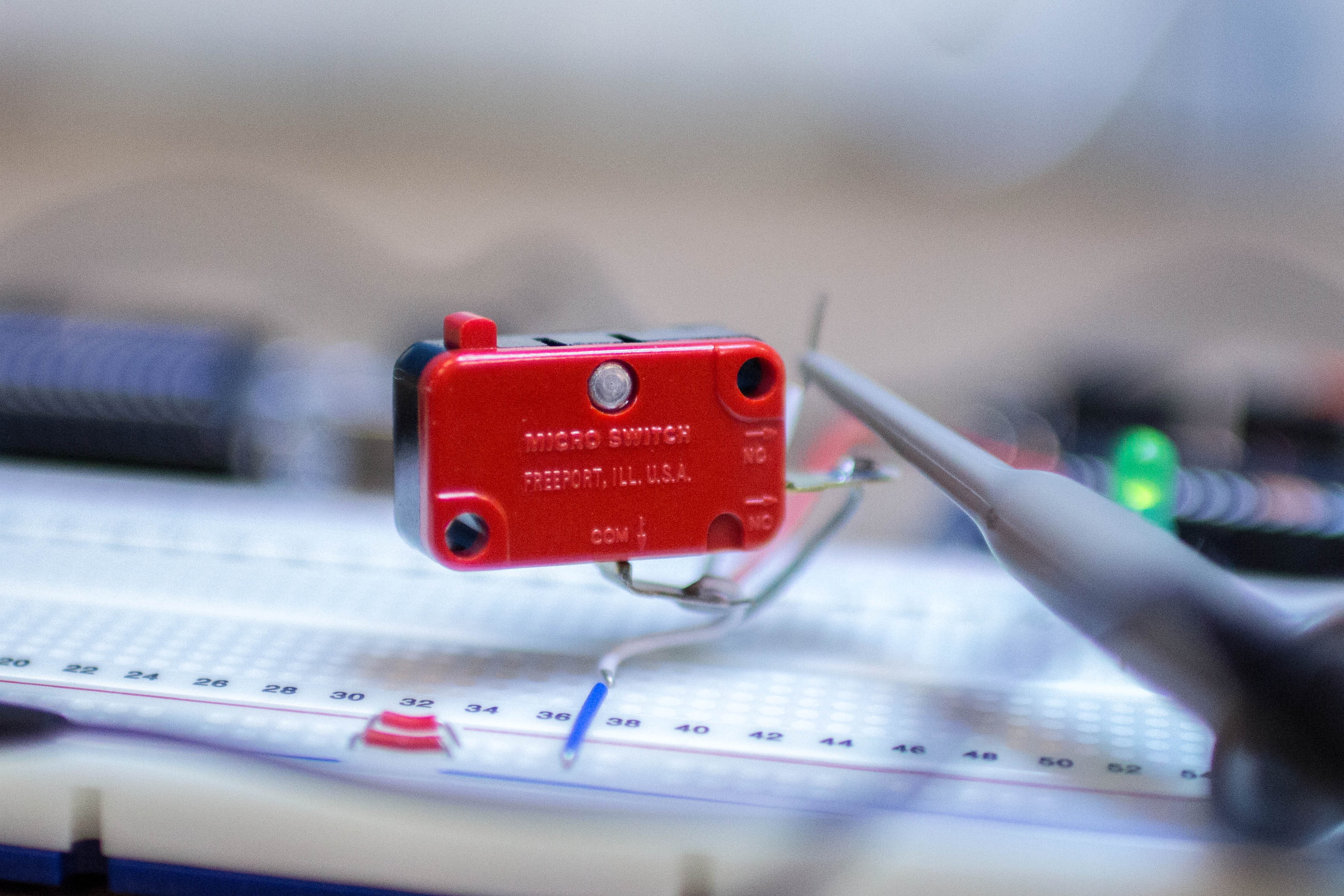To detect a short and long button press using millis can give your project more functionality without adding more buttons. In this line-by-line example, I show how to react to a user pressing a button for a short period (100ms) or a long period (over 500ms). My example changes the blink rate of an LED on short presses. A long button press turns off the LED.
In the code, I make use of a struct so that a single variable can be used to track multiple parameters. The benefit of this method is that adding multiple buttons is easy. You could create an array of these tyepdef’d variables.
Download At GitHub





